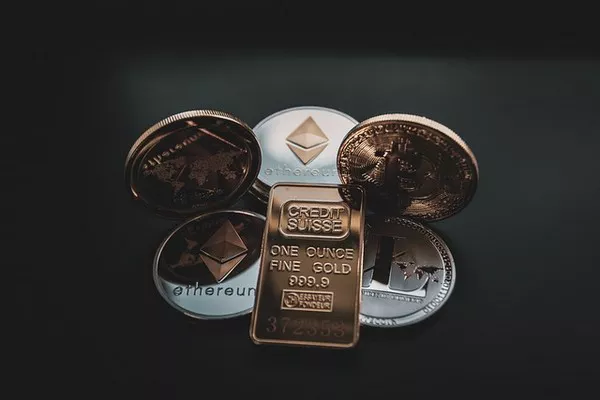After the Federal Reserve initiated its easing cycle with an unexpected 50 basis point interest rate cut last week, precious metals investors have capitalized on the opportunity, driving gold prices to record levels for six consecutive trading sessions.
The week began with spot gold priced at $2,620.93 on Sunday evening. Early trading saw it hit a near-term peak of $2,630 per ounce, before North American traders propelled it to $2,634 by late morning. The price rally continued as Asian traders pushed gold to a high of $2,638 per ounce overnight.
The most significant upward movement occurred Wednesday morning, with spot gold climbing from $2,625 at 7:30 a.m. Eastern to a new all-time high of $2,663 per ounce just before the North American market closed. By 9:00 p.m., gold had reached $2,670 per ounce, before settling into a range between $2,652 and $2,666.
Thursday marked the week’s peak, with spot gold trading above $2,685 just before 8:00 a.m. Eastern. It then fluctuated between $2,660 and $2,677 until Friday morning, when the release of core PCE data for August, which came in cooler than expected, triggered a sharp decline, pushing prices below $2,650.
After dipping to a low of $2,645 shortly after 2:00 p.m. Eastern, gold prices rebounded to around $2,650 for the remainder of the trading session.
In the latest Kitco News Weekly Gold Survey, industry experts were evenly divided on whether gold would continue to rise or decline in the near term, while retail investors maintained a cautiously optimistic view.
Darin Newsom, a senior market analyst at Barchart.com, commented, “A trending market will continue in that direction until influenced by external factors, typically investor behavior. Given the potential for increasing global turmoil, investor confidence in gold as a safe haven is unlikely to waver.”
Conversely, Ole Hansen, head of commodity strategy at Saxo Bank, expressed a bearish outlook, stating, “I foresee a decline as the rally seems fueled by FOMO and momentum-chasing traders. Physical demand is expected to wane as investors adjust to these higher price levels.” He also noted that the economic landscape in China, where affluent consumers have been buying gold amidst a declining equity market, could also influence gold’s rally.
Adrian Day, president of Adrian Day Asset Management, suggested a pause in the upward movement might be overdue, although he remains optimistic about gold’s long-term prospects as Western investors begin to show increased interest.
Marc Chandler, managing director at Bannockburn Global Forex, highlighted the importance of Chinese reflation efforts, stating that while demand for gold may have decreased, demand from India appears robust. He emphasized the significance of next week’s U.S. jobs report, which could influence gold prices.
Kevin Grady, president of Phoenix Futures and Options, dismissed concerns about Friday’s pullback in gold prices. “A correction is normal after a strong run. The environment is conducive for both equity and precious metals markets to rally together,” he said.
Grady expressed skepticism about the likelihood of another 50 basis point rate cut from the Fed at its next meeting. He argued that while inflation numbers appear to be trending in the right direction, many essential prices, such as food and housing, remain high.
He added that the upcoming election could impact monetary policy decisions, suggesting that a cautious approach is necessary. “It’s crucial to ensure we’re heading in the right direction. Slow and steady is the best strategy,” he advised.
Looking ahead, Grady anticipated a challenging job market, characterized by many low-paying job transitions, while noting that rising interest rates and geopolitical risks would further support gold prices.
The Kitco News Gold Survey revealed that of the 14 analysts who participated, opinions were split evenly between bullish and bearish sentiments for gold prices in the upcoming week. In an online poll, 62% of retail investors remained optimistic about gold’s prospects.
Key economic reports next week will include the September nonfarm payrolls, European CPI, and ISM Manufacturing PMI, with Fed Chair Jerome Powell’s upcoming speech at the NABE meeting likely to garner attention.
Market analysts have mixed predictions for the future of gold. Some foresee dips next week due to overbought conditions, while others highlight ongoing central bank easing as a bullish factor for gold prices.
At the time of reporting, spot gold was trading at $2,650.47 per ounce, reflecting a daily loss of 0.81% but a weekly gain of 1.14%.
You Might Be Interested In
- Gold vs Gold Bullion: What’s the Difference?
- Is Gold Going To Increase In Value
- What Is a Brick of Gold Worth? (Revealed!)


